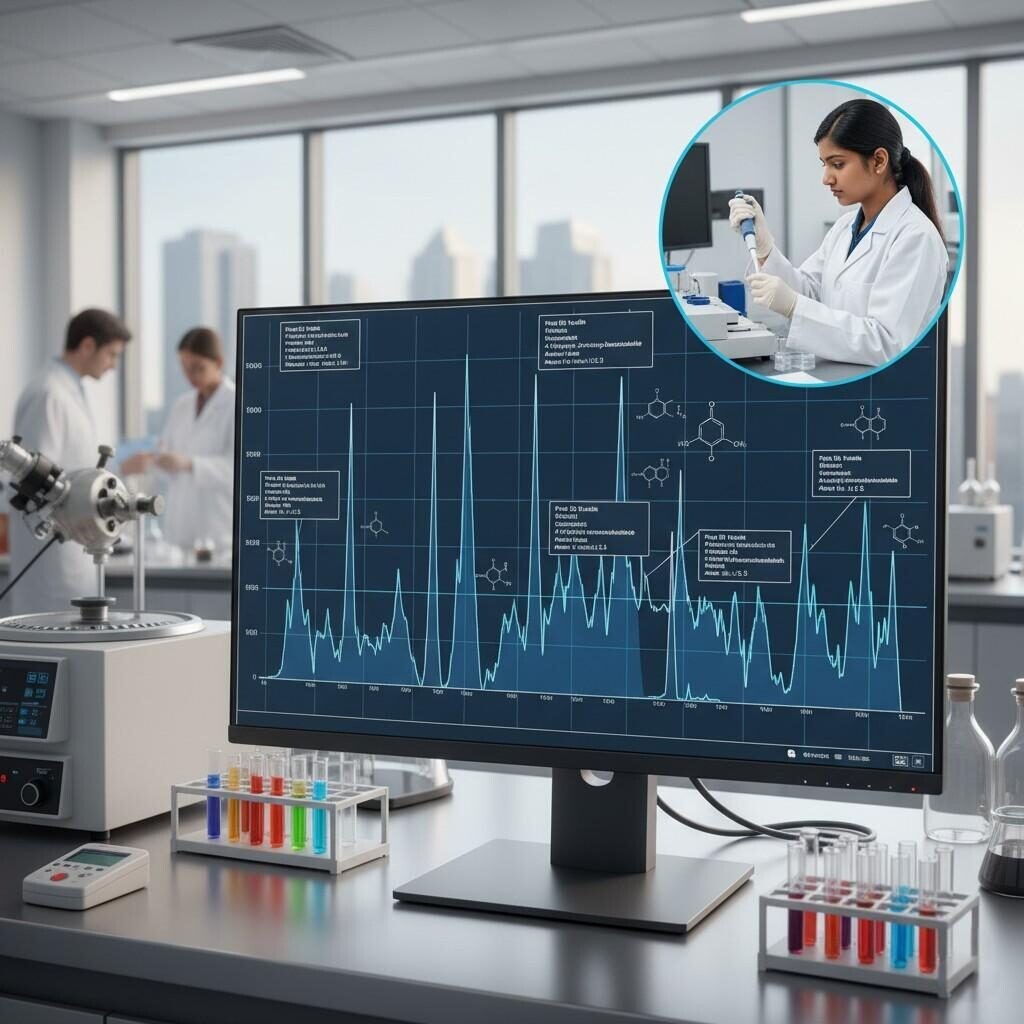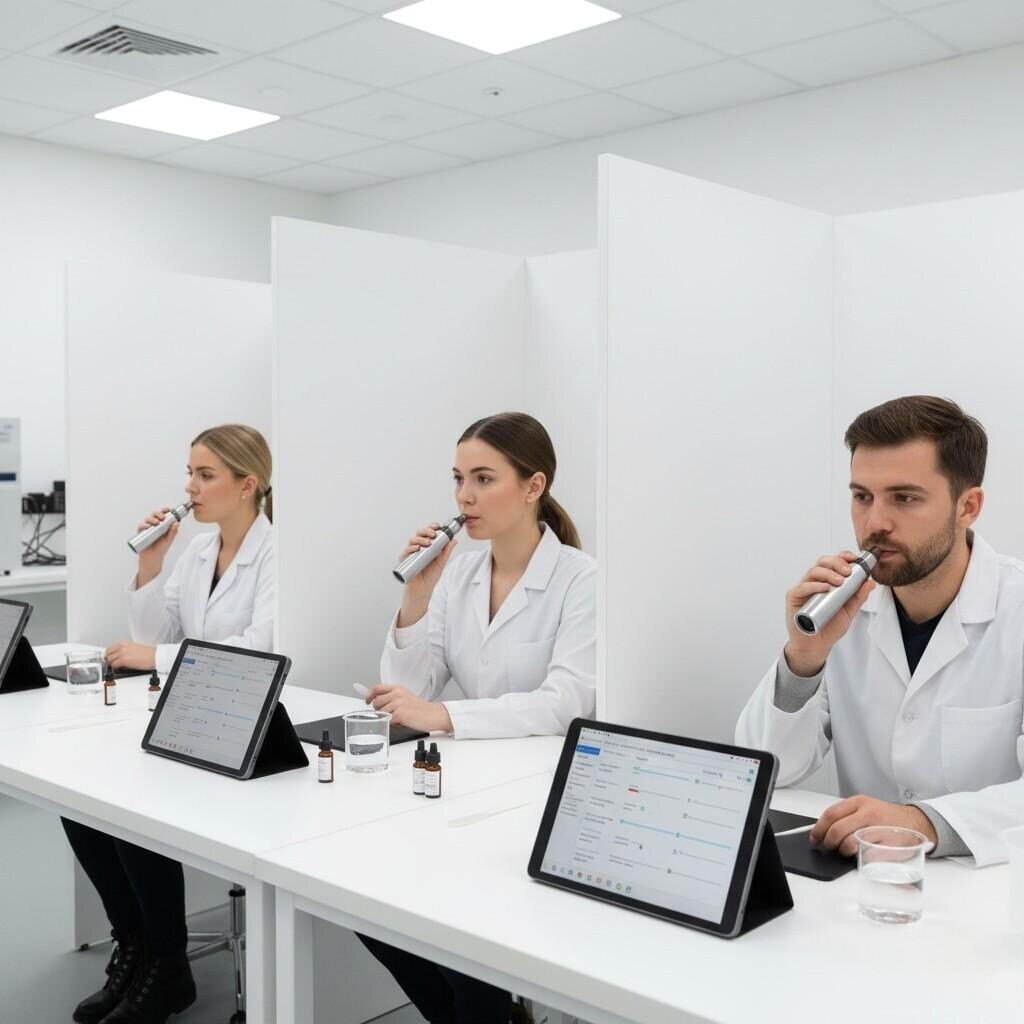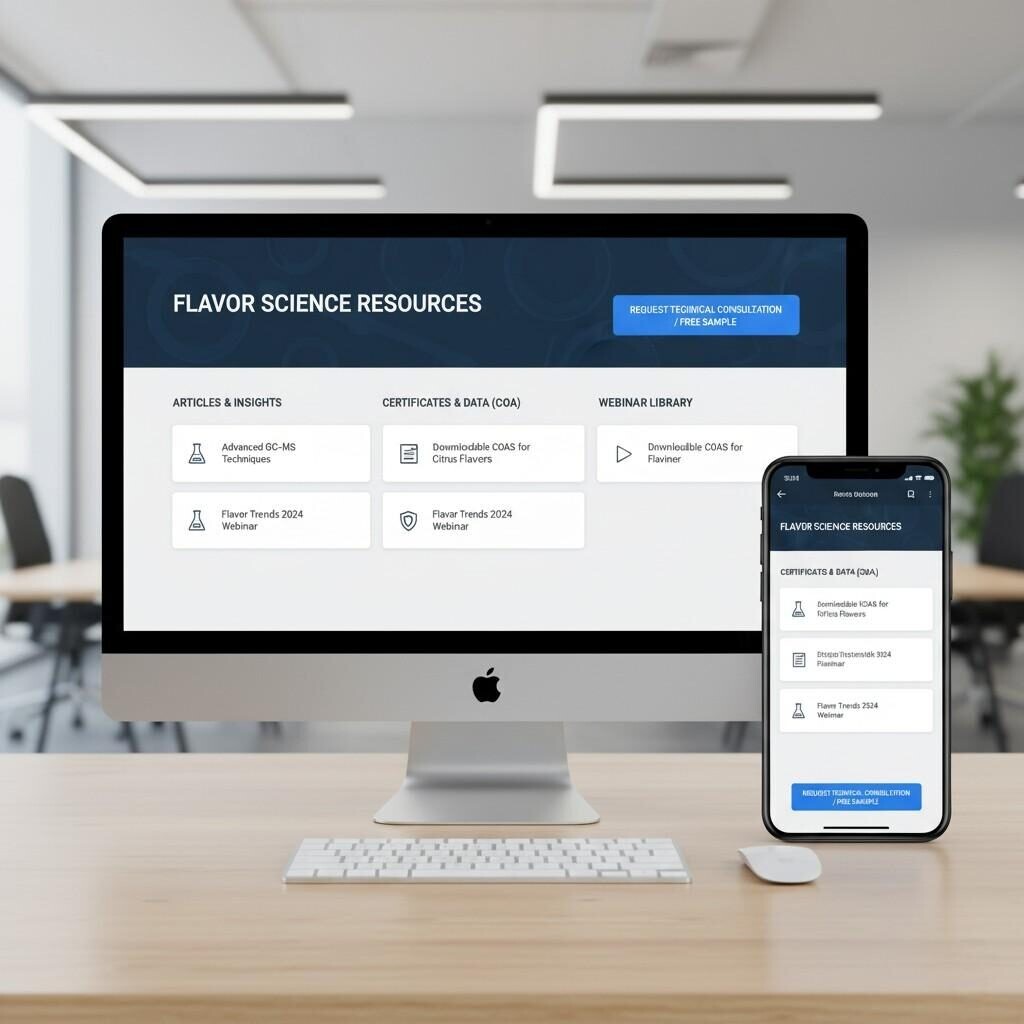Author: R&D Team, CUIGUAI Flavoring
Published by: Guangdong Unique Flavor Co., Ltd.
In the crowded, fast-moving e-liquid market, trust, clarity, and technical credibility are competitive advantages. Brands and manufacturers that publish accurate, useful, and well-sourced technical content not only help retailers and customers make better decisions — they also shorten sales cycles, reduce post-launch issues, and improve discoverability on Google. This is especially true for topics that require scientific explanation (GC–MS fingerprinting, flavor stability, device compatibility, regulatory dossiers). When you educate the market, you convert skepticism into confidence.
This guide explains how to design, produce, and operationalize technical content that aligns with Google user intent, builds authority, and supports commercial goals — specifically for companies that develop and supply e-liquid flavors. It is practical and tactical: you’ll get content formats, topic blueprints, audience segmentation, metrics, and sample content templates you can use immediately.

Lab to Content: Cross-functional Review
Three converging trends make technical education essential for e-liquid flavor manufacturers:
Because Google rewards authoritative, well-sourced content, a robust technical content program is both a compliance asset and an SEO accelerator.
To be findable (and useful), technical content must match what users are trying to accomplish. For the e-liquid supply chain, user intent typically falls into four buckets:
Design content for the most common intent first (informational/commercial investigation), then layer conversion elements (samples, consultations) where appropriate.
Below are the most effective, search-friendly technical themes for e-liquid flavor manufacturers. Each theme can be an evergreen pillar article, an FAQ series, a short video, or a downloadable white paper.
Explain the purpose, strengths, and limitations of each method in plain language: how GC–MS provides a volatile fingerprint; how GC×GC increases separation for complex matrices; how GC–O pairs human olfaction with chemical data for sensomics; and how multivariate statistics (PCA, PLS) correlate chemistry to sensory descriptors. Cite authoritative reviews to back statements. PubMed+1
Practical content pieces:
Explain trained panel design, lexicons, monadic vs paired testing, and how to interpret hedonic vs descriptive data. Offer downloadable sensory scorecards that B2B customers can use to standardize their feedback.
Practical content pieces:
Consumers often blame flavor when the real issue is device interaction. Educate buyers on how PG/VG ratio, coil resistance, wattage, and nicotine form affect flavor delivery, throat hit, and coil life. Provide device-matrix tables and recommended test configurations.
Practical content pieces:
Explain common degradation pathways (oxidation, ester hydrolysis, Maillard reactions in flavored nicotine matrices), how to design accelerated stability protocols, and when encapsulation or antioxidants are appropriate.
Practical content pieces:
Create plain-English primers on PMTA expectations, TPD notifications, and documentation best practices — what to collect during sampling, which COA parameters matter, and how to present manufacturing controls.
Practical content pieces:
Different audiences and intents prefer different formats. Use a mix and repurpose ruthlessly.
Pro tip: Publish a long-form pillar post and then spin it into a webinar, three short videos, five social posts, and a downloadable checklist. This multiplies reach while keeping messaging consistent.
Technical content must be scannable and credible. Use this structure for pillar pieces:
Include HTML-friendly elements: short paragraphs (1–3 sentences), H2/H3 headings, bolded key phrases, and code-style callouts for critical thresholds (e.g., similarity ≥ 90% on target GC–MS peaks).

Annotated GC-MS Chromatogram with Lab Analyst
Google and professional buyers look for Experience, Expertise, Authoritativeness, and Trustworthiness (E-E-A-T). Demonstrate these by:
A practical example: when discussing PMTA documentation, link directly to FDA guidance and summarize the specific dossier elements you provide to clients. That level of transparency supports both SEO and trust. U.S. Food and Drug Administration
A pragmatic editorial cadence balances depth and frequency. Example 12-month calendar:
Staffing: 1 technical content lead, 1 content writer with scientific literacy, access to R&D for data, and a freelance designer for visuals.
Topic: “How to Read a Flavor COA: A Practical Guide for E-Liquid Brands”
Sections:
This type of post addresses search intent directly and provides immediate commercial utility.
Track both content performance and business impact:
Content KPIs
Commercial KPIs
Benchmark monthly and iterate. High-quality technical content often shows slower initial traction but higher conversion value.
Technical content walks a line between transparency and IP protection.
These steps keep content credible and minimize legal risk while still being educational.

Sensory Panel E-liquid Testing
The food & beverage and pharma sectors pioneered technical knowledge hubs that influenced purchasing and compliance. The Institute of Food Technologists (IFT) has long published accessible technical guides and short courses that bridge R&D and commercial audiences — a model e-liquid flavor manufacturers can emulate. IFT
Likewise, regulatory guidance pages (e.g., FDA PMTA pages) serve as content anchors that industry publishers cite and link to; using them as authoritative references strengthens SEO and credibility. U.S. Food and Drug Administration
Repurpose each into social posts, an e-mail to B2B lists, and a gated resource.
Objection: “Technical content is expensive and slow.”
Response: Start with one high-impact pillar post and repurpose. ROI comes from downstream time savings and higher-value deals.
Objection: “We can’t share our formulations.”
Response: Share methods, analytic approaches, and COA examples without revealing proprietary recipes. Demonstrate capability through controlled, anonymized data.
Objection: “Our customers won’t read long technical posts.”
Response: Provide layered content — a 2,500–3,500 word pillar for technical buyers plus short executive summaries and infographics for commercial stakeholders.
When making technical claims, link to authoritative sources such as:
These citations both satisfy readers’ need for authoritative backing and strengthen SEO (outbound links to credible domains).
Week 1–2: Audit existing content and map gaps vs buyer journeys.
Week 3–4: Create the first pillar article (analytical or regulatory focus).
Week 5–6: Produce 3 supporting assets (infographic, short video, COA template).
Week 7–8: Host webinar and collect questions for follow-up content.
Week 9–12: Build a knowledge hub page, add structured schema (FAQ schema), and submit sitemap.
Week 13: Evaluate KPIs, optimize key pages, and plan next quarter’s pillar.
Schema + clean structure + authoritative citations = faster indexing and more credible ranking signals for Google.
After launch, measure the following quarterly:
Use those metrics to justify content budgets and demonstrate the tangible value of education for revenue and compliance.
Company: Mid-sized flavor house (fictionalized composite of clients).
Challenge: OEM customers required faster technical onboarding and fewer iterative reformulations.
Approach: Launched a content hub (pillar posts + COA templates + webinars). Published a detailed “How to Read Our GC–MS Passport” article that included annotated chromatograms and a downloadable COA checklist. PubMed
Results (12 months):
This underlines the simple idea: when technical friction is reduced, deals close faster — and content is the enabler.

Digital Flavor Knowledge Hub
At CUIGUAI Flavoring, we combine rigorous analytical workflows, sensory science, and regulatory know-how to help brands bring better e-liquid flavors to market faster and with lower risk. If you want to:
Receive a free sample kit with a GC–MS passport and COA, or
Schedule a technical consultation to build your PMTA/TPD-ready flavor dossier,
contact our team today.
📩 [info@cuiguai.com]
📞 [+86 189 2926 7983]
🌐 Explore more at【www.cuiguai.com】
The business scope includes licensed projects: food additive production. General projects: sales of food additives; manufacturing of daily chemical products; sales of daily chemical products; technical services, technology development, technical consultation, technology exchange, technology transfer, and technology promotion; biological feed research and development; industrial enzyme preparation research and development; cosmetics wholesale; domestic trading agency; sales of sanitary products and disposable medical supplies; retail of kitchenware, sanitary ware and daily sundries; sales of daily necessities; food sales (only sales of pre-packaged food).
Copyright ©Guangdong Unique Flavor Co., Ltd.All Rights Reserved. Privacy Policy